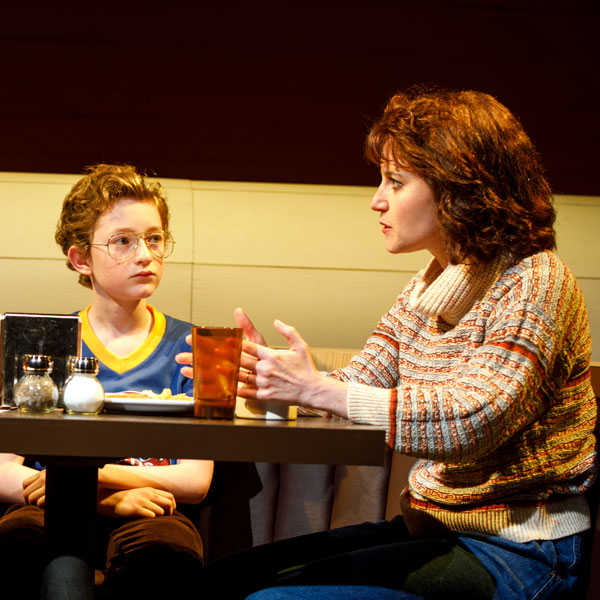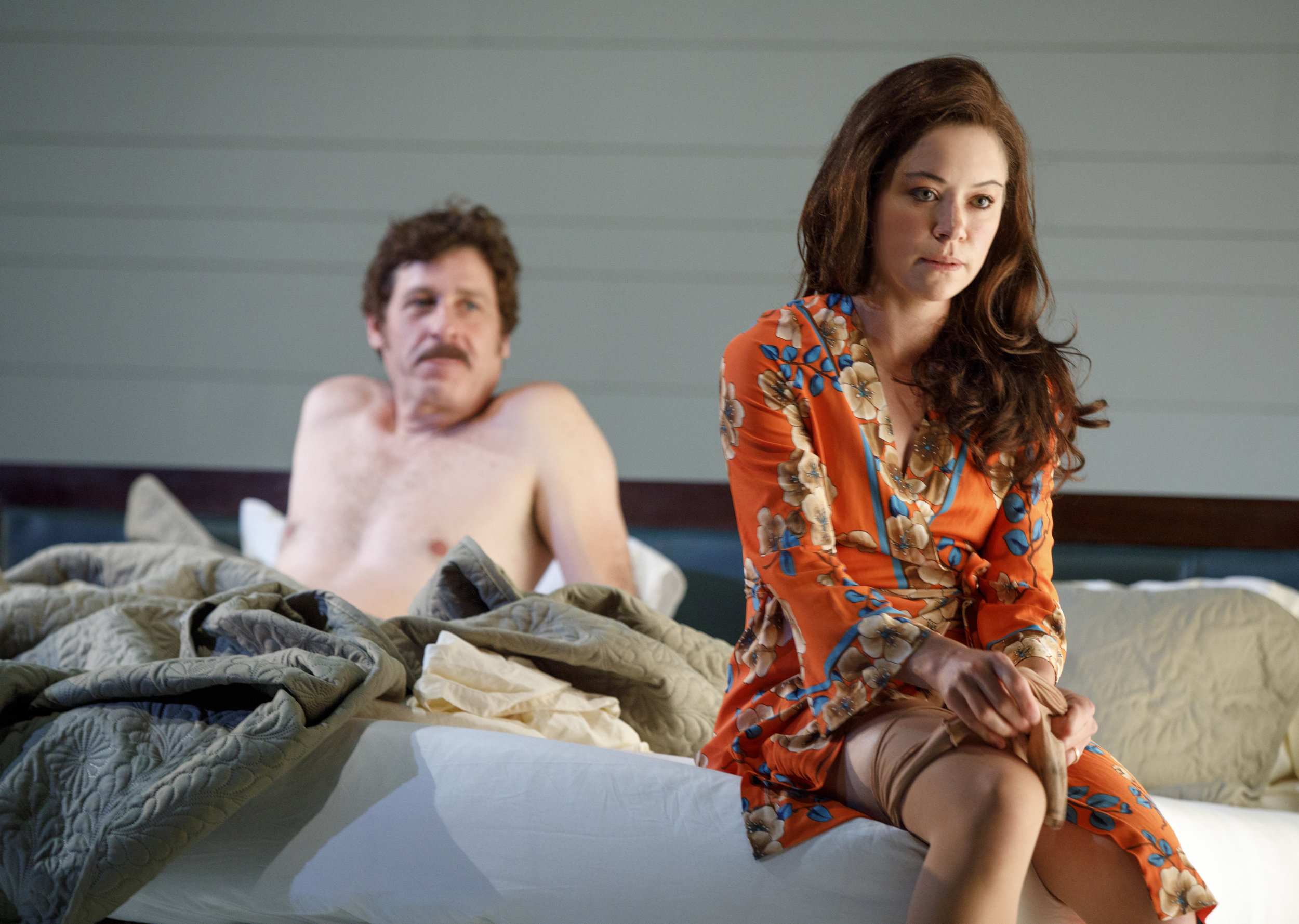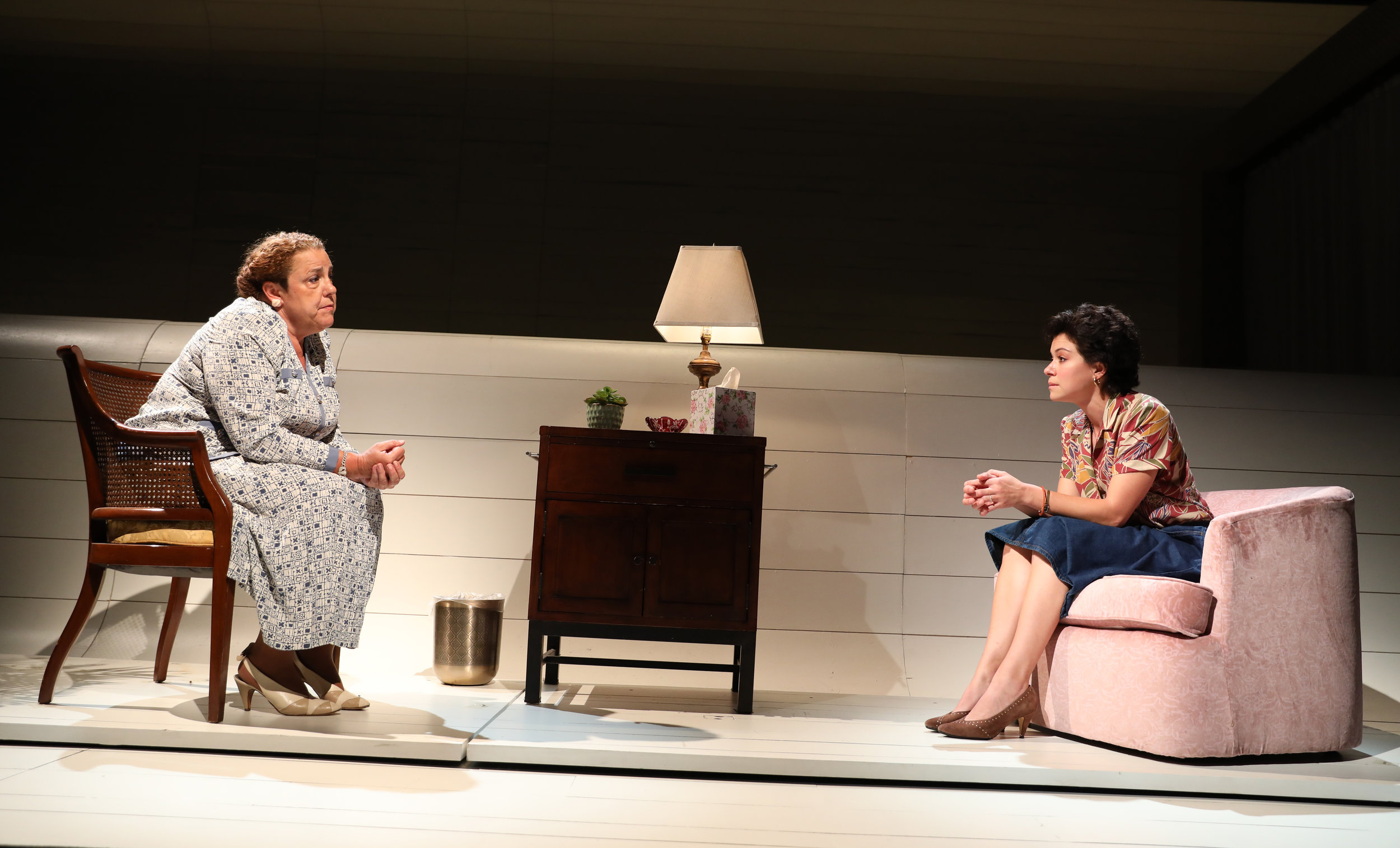
Maybe you passed Mary Page Marlowe on your way to work today. She may have been the person sitting in traffic one lane over, or the woman in line ahead of you at the coffee shop. Perhaps you saw her collect her kids after school, or pick up her dry cleaning. Maybe she was the woman alone at the end of the bar. Was she waiting for someone?
In Tracy Letts’s play, she is a person like any other—a daughter, a mother, a wife who has tried her best and struggled often and erred some. Nothing about her story will make the history books or even the local news, but as told in just eleven short scenes that span seventy years, it’s an extraordinary journey through an ordinary life.
“In a way the excursive is, what if you had to choose the eleven scenes from your life that you thought best represented you?” says Letts.
“If you wanted to tell somebody the story of your life, what eleven scenes would you select? You are going to select, mostly, the big, happy transitions in your life. But somebody else would say, ‘Well that’s not a very complete picture. I’m going to show you a more complete picture by mixing happy moments with sad moments with mundane moments.’”
Tatiana Maslany in 2ndstage production of Mary Page Marlowe, 2018.
That mixture of episodes, which runs the gamut from tender to routine to unflattering, is one of the reasons the play is so compelling. But it’s also the structural device Letts has up his sleeve that distinguishes his tale: the scenes he curates from Mary Page’s life are told out of order. This slyly scrambled chronology provokes our curiosity and keeps us searching for clues, as connections between events gradually emerge. It’s a twisty narrative coup that embraces the notion that our lives are not as straightforward as we imagine them to be. We are all full of complexities and contradictions, some we’d rather have scrubbed from the official record. Letts seems to be asking, if brought face to face with past and future versions of ourselves, would we be surprised by what we see?
“For some people, life feels like a continuum,” he says. “And life doesn’t for me. For me, I look back to younger versions of myself and they seem kind of like strangers. I wanted to write a play that felt like that.”
The idea that we all contain many different versions of ourselves is also given expression in the casting: the title role will be shared by several actresses portraying Mary Page at various points in time. That roster includes Emmy Award winner Tatiana Maslany, Tony Award winner Blair Brown, Emma Geer, and Susan Pourfar. Under the direction of Lila Neugebauer, they’ll be joined by a large and diverse ensemble of a dozen more who play the many people that move through Mary Page’s life—some with great consequence, some with no more than a passing glance.
Mary page Marlowe, 2ndstage theatre, NY, 2018.
As these moments unfold, all vividly captured, awash with the desires and failures and mistakes and joys that constitute being alive, we’re suffused with a familiar pleasure that comes with watching any great story. It’s a feeling that is part voyeur and part detective, but it’s most powerfully one that provokes identification and empathy.
“She becomes a kind of mirror for the audience as well,” says Letts. “They see parts of themselves in her. And I think hopefully that’s what we do in the theater. Ideally we give people the ability to look at themselves. And I think in the play of Mary Page Marlowe we give them the ability to look at themselves with love and forgiveness.”
This article is a reprint from Second Stage Theater. To purchase a copy of Mary Page Marlowe, click here, and to learn more about licensing a production, click here.

Noël Coward’s Travels

Kate Chopin in New Orleans: Mother-Daughter Author Duo Collaborate on Historical Book



